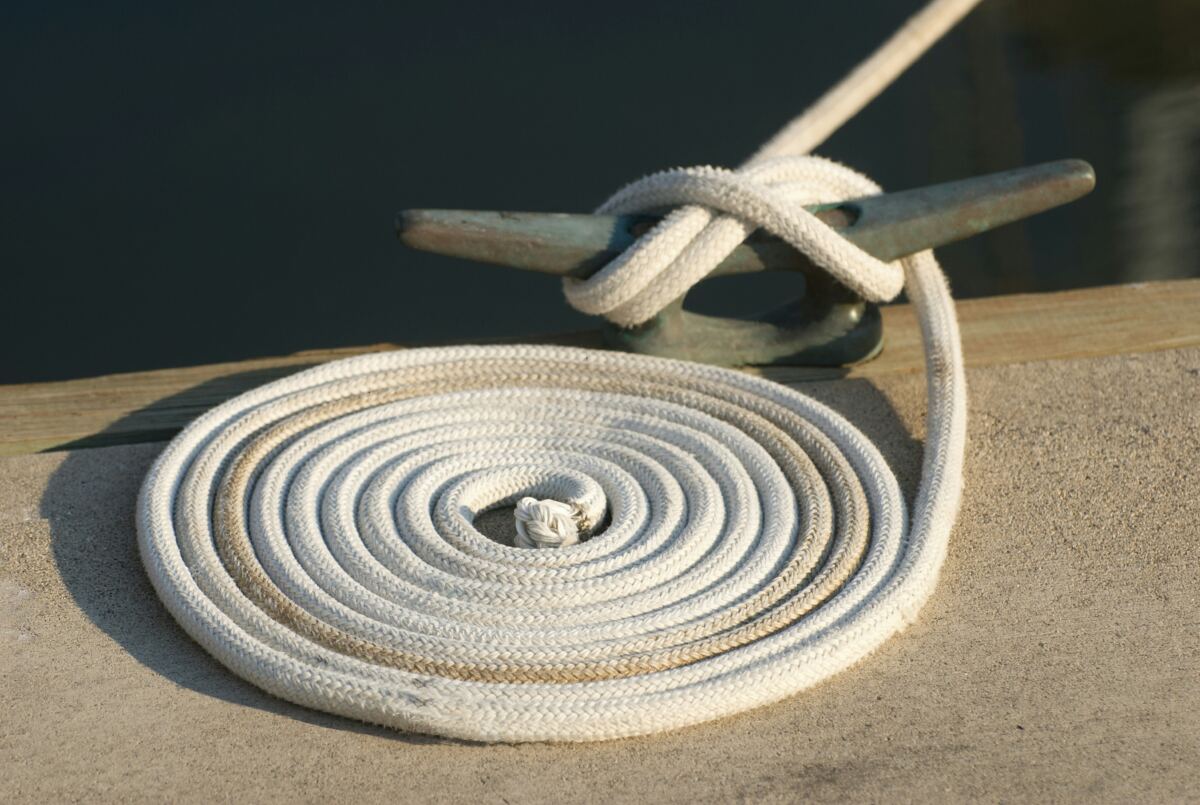Out in the choppy ocean waters, a massive crane vessel steadies itself on retractable steel legs as engineers bolt together a new turbine tower. Scenes like this make one thing clear: building offshore wind farms is no simple feat. It takes an arsenal of specialized ships, heavy-duty gear, and marine expertise.
That’s where the marine equipment supplier comes in — an often unsung hero delivering the vessels and tools that make offshore renewable energy projects possible. From installing gigantic turbine components at sea to laying cables on the seafloor, these suppliers provide critical support behind the scenes. And as offshore wind ambitions surge worldwide, their role has become more essential than ever.
From Jack-Up Ships to Buried Cables
The expansion of offshore wind is happening on an unprecedented scale. For example, the United States’ goal of 30 gigawatts of offshore wind power by 2030 will require installing over 2,100 turbines — a massive jump from just a handful in the water today. Accomplishing this offshore boom hinges on having the right equipment. A fleet of specialized installation vessels is at the heart of the effort.
The most sophisticated of these is the wind turbine installation vessel, or WTIV — essentially a mobile crane platform built for the high seas. A WTIV can anchor itself on the ocean floor with “jack-up” legs, turning into a stable platform to lift turbine towers and blades into place hundreds of feet in the air.
Without enough WTIVs and heavy-lift ships, developers simply can’t erect turbines at the pace needed. In fact, industry experts note that roughly four to six of these giant vessels are needed to meet the 2030 offshore wind targets in the U.S. A shortage can be a showstopper: one major wind developer even canceled projects recently, saying a lack of available installation ships would have caused a “multiyear delay.”
It’s not just the turbines that need special treatment — the electrical veins of an offshore wind farm do as well. Dozens of miles of thick power cable must be run along the seabed to connect turbines to each other and to the shore.
Laying and burying these cables in often harsh marine conditions demands specialized cable-laying vessels and subsea trenching gear. Those ships methodically feed out cable and embed it up to two meters under the seafloor to protect it from currents and anchors.
Maintenance at Sea: Keeping Turbines Spinning
Building the wind farm is only half the battle – once turbines are operating, they need regular service in a harsh, salty environment. Reaching and maintaining machines that tower hundreds of feet tall and sit many miles offshore is a logistical challenge. The solution is another class of bespoke vessels. A service operation vessel (SOV), for instance, acts as a floating hotel and workshop for technicians tending to a wind farm.
These SOVs stay out at the farm for days or weeks, housing crews in onboard living quarters and dispatching technicians daily to the turbines. One such U.S.-built SOV was recently contracted to serve wind farms off the East Coast, providing an at-sea base to accommodate technicians, tools, and spare parts and ferry them to turbines safely and efficientlychouest.com. In essence, an SOV is an offshore maintenance hub, enabling quicker repairs and less downtime for far-flung wind installations.
Smaller crew transfer vessels (CTVs) are another piece of the puzzle. These speedy boats shuttle workers from ports to turbines for routine inspections or minor fixes, and they’re designed to handle rough seas while safely “bumping” against turbine platforms to offload crew. As the offshore wind sector grows, shipbuilders are investing in dozens of new CTVs and SOVs to meet demand.
In fact, U.S. shipyards have over 40 dedicated wind farm vessels (including 27 crew boats and 8 SOVs) on order or under construction right now. This wave of vessel construction underscores how critical marine suppliers are to keeping turbines spinning. If service vessels are unavailable when needed, maintenance costs can skyrocket, and turbines might sit idle waiting for repairs.
Beyond Wind: Supporting a New Wave of Marine Renewables
Offshore renewable energy is an innovation-driven, fast-growing industry, but it can only grow as fast as its support network allows. The specialized equipment and services provided by marine suppliers form the backbone of this support network.
By delivering the right tools — be it a giant jack-up installation ship or a nimble crew transfer boat — these companies enable ambitious wind and marine energy projects to move forward on tight timelines. Policymakers and developers have taken note: reports stress that significantly more investment in vessels, ports, and supply chains is needed to hit clean energy targets on time.
In the entrepreneurial spirit of emerging industries, new startups and collaborations are popping up to fill these gaps, from shipbuilders on the Gulf Coast pivoting to wind farm vessels to tech firms designing smarter offshore maintenance robots.
The editorial ethos of innovation and grit rings true here — the expansion of offshore wind and marine renewables isn’t just about shiny turbines on the horizon but also about the gritty, behind-the-scenes work by marine equipment suppliers that keeps those turbines turning. It’s a story of unsung heroes at sea level, quietly powering the clean energy revolution one shipload at a time.

